The last thing I expected from developer Tango Gameworks was a vibrant, fun-loving action game with the heart of a cartoon I would’ve absolutely loved. The studio’s primarily known for the dark and creepy likes of The Evil Within or Ghostwire: Tokyo, but Hi-Fi Rush is instead filled with a joyous, youthful personality seen in its stunning animation, art style, and characters. And while the surprising change of pace is already refreshing, Tango’s greatest accomplishment is how it expertly executes on the singular concept that permeates Hi-Fi Rush’s design — that rhythm is everything.
Right from the jump, Hi-Fi Rush establishes its reverence for modern garage and alt-rock, kicking things off by using The Black Keys’ “Lonely Boy” to introduce the cheesy but endearing protagonist Chai and the colorful, high-tech industrialized world he lives in. Labeled a “defect” by robotics megacorp Vandelay Industries after a surgical mishap leaves him with an iPod stuck in his chest, Chai can see and feel the pulse of his music coursing through the world around him. From that point on, nearly everything is impressively tied to the rhythm of Hi-Fi Rush’s soundtrack as this boyish goofball bashes Vandelay robots with a makeshift sword in the shape of a Gibson Flying V.
This playful setup sets a strong tone, and things only get better from there as Hi-Fi Rush layers on a fantastic crew of allies, charismatic villains, and bombastic fights — and often wrapped in a poignant satire of our tech dystopia. It’s done with effortless humor and some genuinely warm moments. From so many angles, Hi-Fi Rush is able to showcase its uniquely charming spirit.
It Takes You to Tango
At its best, Hi-Fi Rush’s combat creates a unique harmonious flow where music is your guide every step of the way. Chai always executes his attacks on the beat regardless of your own input timing, but keeping in rhythm with the BGM’s BPM rewards you with extra damage rather than punishing any missed notes. Using a similar foundation as Devil May Cry or Bayonetta, each combat encounter across the roughly 10-12 hour campaign is graded on completion speed, elegance, and the ability to stay on beat with combos, but that constant tie to the music results in a type of satisfaction I just don’t get from other stylish-action games.
This rhythmic system leaves no ambiguity in combo timing and paces itself in a way that allows for room to consider each follow-up move. Deciding whether I should use a light or heavy attack to mix up my combo string, a dodge or parry in anticipation of incoming hits, the grappling hook to close the gap on targets, or a summon to have a companion break shields or stun enemies never felt overwhelming since I could just pace myself to the music. It doesn’t linger on any one concept or gimmick for too long either, steadily throwing in new ideas to toy with before bringing them all together to test my mastery, which meant I never felt like I was simply hammering away to a basic 4/4 time signature.
Every enemy’s attack pattern also plays by the same rules. Whether it be charge-ups, AoEs, sword slashes, or projectiles, the rhythm let me confidently avoid telegraphed attacks and approach them like a dancing rhythm game. Sometimes that inspiration even becomes more explicit – tougher foes and some bosses break into brief standalone rhythmic quick time event minigames that require a sequence of parries to counter their last-ditch efforts and deliver a final blow. The rhythm game die-hard in me got hyped every single time I had to do this, and getting perfect strings of parries left me nodding in satisfaction. In fact, one boss fight solely based on this concept is still my favorite encounter, even after some bombastic battles with dazzling spectacles in the late-game.
My natural ability to clap on two and four wasn’t enough to get past Hi-Fi Rush’s tougher battles. Enemies gradually evolve in complexity with different offensive styles, and things can get chaotic in encounters that mix and match enemy types. The targeting system did leave me in precarious positions on occasion – since there’s no manual lock-on, I’d sometimes hook onto or gravitate towards enemies I didn’t intend to target, leaving me vulnerable or swinging at the wrong foe. That can become a problem when Hi-Fi Rush layers on flame-wielding robots and electrified floors, for example, but it works well-enough for most fights. Thankfully, with all the tools at my disposal, I could overcome any moments of frustration by changing my approach or at least playing it safer.
Seeing Sounds
Because music is the driving force behind Hi-Fi Rush’s design, anything that syncs to the beat through audio cues is also represented with distinct visual cues. For example, powerful combo finishers called Beat Hits use colored circles to show their proper timing, while big incoming attacks leave AoE markers on the ground that change color to the beat to indicate when they’ll land. Additionally, you can activate an on-screen metronome at any point to help keep time more explicitly. I can’t be the judge of whether or not it’s enough from an accessibility standpoint, but those who may struggle with rhythm games or need assistance with the audio do have some options here, and it’s worth acknowledging the importance of including them and the effort put forth to level the playing field.
The closer you look at Hi-Fi Rush’s world, the more you see how deep the rhythmic ethos runs. Chai’s footsteps, his snapping idle animation, the pulsing light rings on his robotic cat companion 808, the trees and rocks bouncing in the environment, and even building infrastructure all move to the groove – this level of meticulous detail shows the whole world is in on the action. No matter where you turn, someone or something is jamming out to the same song as you. That attention to detail is still one of the most impressive parts of Hi-Fi Rush, and it gives a sense of momentum into an already vivid world.
Platforming and puzzle sections between the staged combat encounters operate on the same principles, with platforms and key objects retracting and moving to the same beat. There’s no mistake when it comes to timing – Hi-Fi Rush can’t pull any cheap tricks or hit you with inexplicable difficulty spikes when it always plays by the same rules. The beat establishes a ruleset and dance you understand, nailing the timing is about seeing the environment as an extension of the music. That said, for as slick as it is on a conceptual level, movement during platforming isn’t quite as fluid as it is during combat. The consequences aren’t dire for misjudging a jump, but the fact that you can do so fairly easily is still a minor but noticeable inconvenience.
You Know the Vibes
While the harmonious fusion of rhythm and action is an outstanding achievement, what makes Hi-Fi Rush truly memorable is seeing its charismatic crew and world come to life. Chai’s great as the goofy, irreverent everyman, but it’s the supporting cast that makes the journey feel whole.
Peppermint is the slick badass who’s the brains behind the operation to take down Vandelay’s band of comically evil executives. She steals every scene she’s in, and in many ways, this story is more about her. 808 acts as a vessel for the squad to communicate, but she’s also an adorable little baby tiger who’ll steal your heart simply doing cat things. Macaron is the big softie whose adorable demeanor contrasts with his brute force capabilities. It’s a strong dynamic in a crew of lovable personalities shining brighter than the protagonist himself – sorry Chai, you’re cool but I wish I could take control of your cooler friends on this journey!
Hi-Fi Rush breathes life into these characters with some of the best animation in games, period. Cutscenes let their personalities shine bright as they fight to the beat and express themselves in such charming fashion. They’re also critical to call in during battle, and I always loved seeing their partner attacks play out. The camera cuts for tandem special moves are sweet as hell, too. Juggling an air combo and finishing it off with Peppermint’s partner attack where she whips out a massive laser beam or Macaron’s ground pound never gets old. They’re also super effective against the toughest foes and it really sells the idea that taking down Vandelay is a team effort.
There are so many cute quirks that ensure they just don’t end up as supporting characters in the background and they naturally bounce off each other and the villains. Genuinely funny dialogue, impeccable comedic timing, and superb voice performances make warmhearted and laugh-out-loud moments possible. And that stayed consistent throughout the entire story, even bringing a tear to my eye as I marched towards the conclusion. There’s also an amalgamation of nerd culture references that surprisingly fit the tone and a bunch of clever little goofs and gags with some sobering satire of modern work culture and the tech industry within a capitalist dystopia. Hi-Fi Rush makes melding all these seemingly disparate elements look effortless.
The Sound of Rebels Fighting
While Hi-Fi Rush is filled with tons of original music, licensed tracks are interspersed to define key moments and make for some sick needle drops, like Number Girl’s “Inazawa Chainsaw” coming on during an exciting getaway. These aren’t just licensed songs for the sake of having them either, because they also play by the rules of Hi-Fi Rush’s universe, layering on instrumentation and matching the beat of the world – for example, Nine Inch Nails’ “1,000,000” and “The Perfect Drug” play for their respective bosses, only progressing through the whole song as you get deeper into the fight’s phases. Yet neither of those examples come close to the flawless implementation of The Prodigy’s electro-punk tune “Invaders Must Die”, genuinely invigorating me to tear through robotic hordes and barrel towards the end, or The Joy Formidable’s “Whirring” to really capture that bittersweet feeling.
Between those moments of licensed spectacle, Hi-Fi Rush bounces off the beat of original tracks from composers Shuichi Kobori and Reo Uratani, which replicate the modern garage rock sound nicely. These songs tend to blend into the background; catchy enough to get me to tap my foot as I’m playing but mostly serving their purpose as a guide for combat and puzzle timing rather than standout songs of their own. Outside of one, I’m not sure if I can hum a melody or recall a specific song off the in-house tracklist. It may also be a symptom of having every other aspect of Hi-Fi Rush be outstanding that anything that’s simply “good” gets lost in the shuffle.
However, that aforementioned stand out track comes from a late-game stage that, dare I say, gives me Persona vibes. Upbeat acid jazz with a Rhodes piano backed by sharp orchestral strings and funky guitars as I pull up to infiltrate a gaudy museum? Madarame, eat your heart out. I thought to myself, I’ve been waiting for this – an original, evocative song to perfectly frame the moment. Every layer of this intoxicating track blast in combat, but they revert nicely to a toned down version in exploration and build up additional elements the further you get in the stage; it’s a prime example of how Hi-Fi Rush wields its music, and the most memorable one at that.

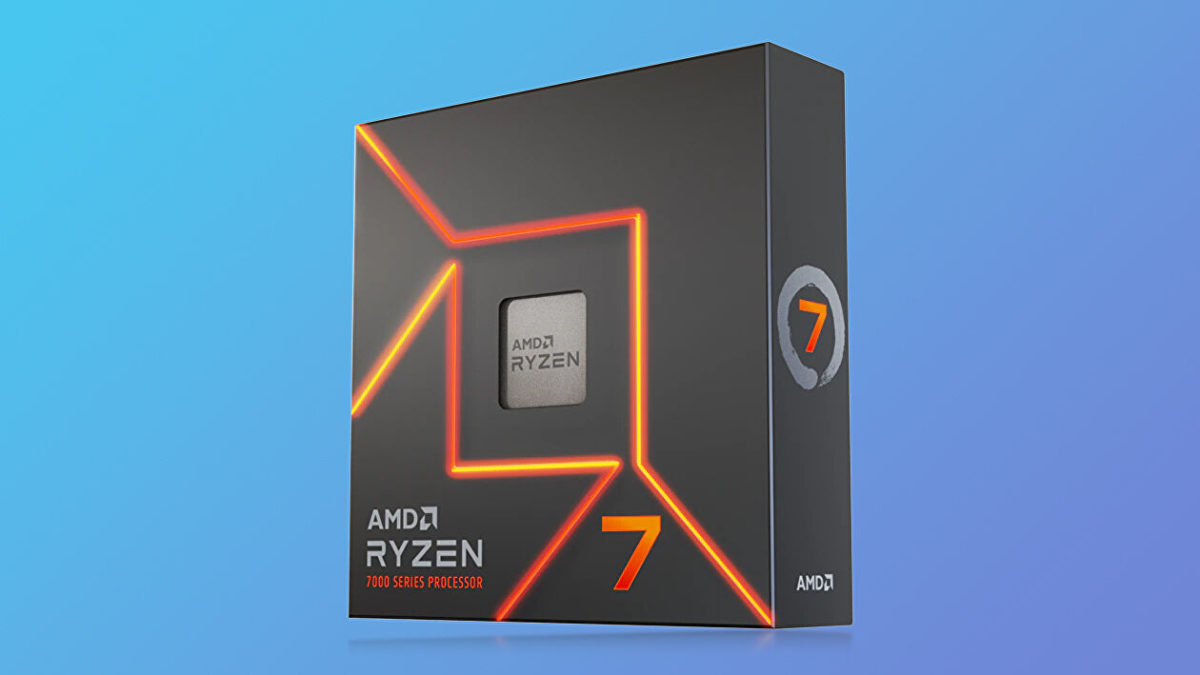
 Read more
Read more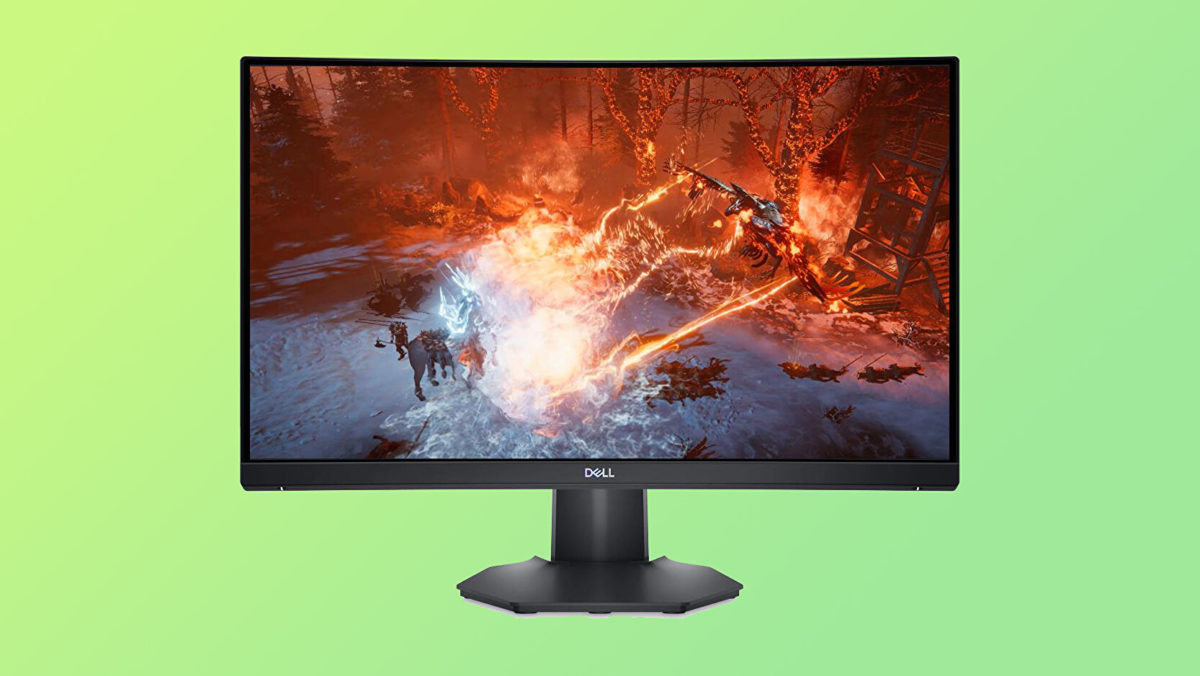
 Read more
Read more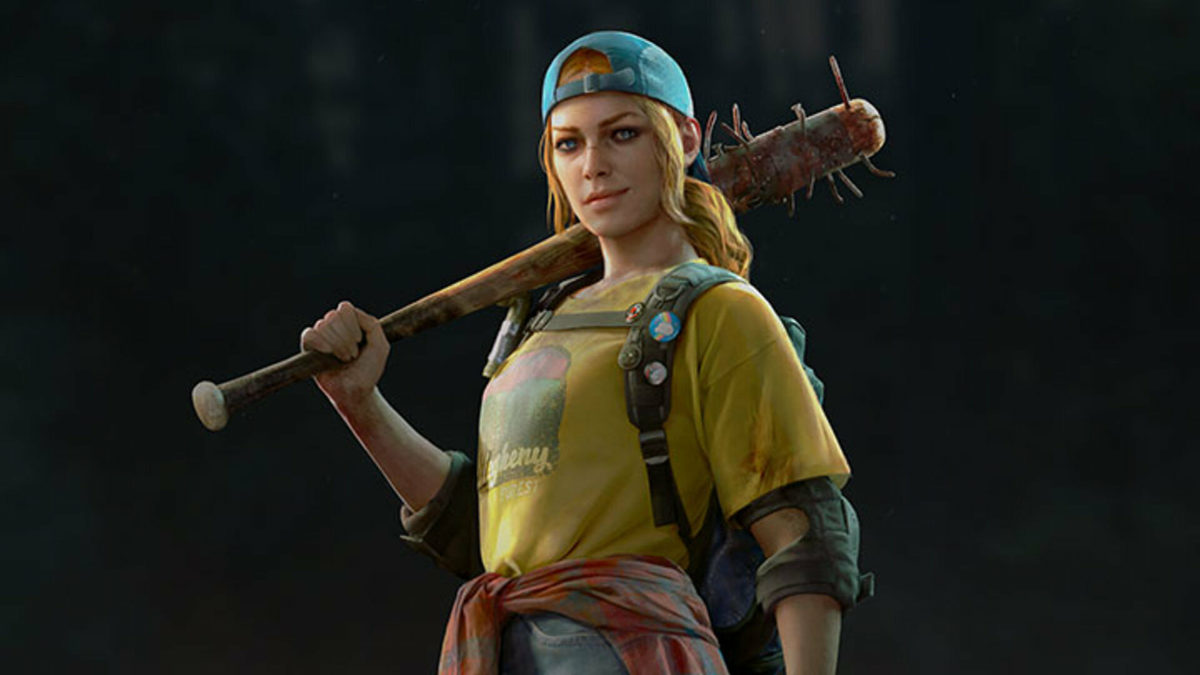
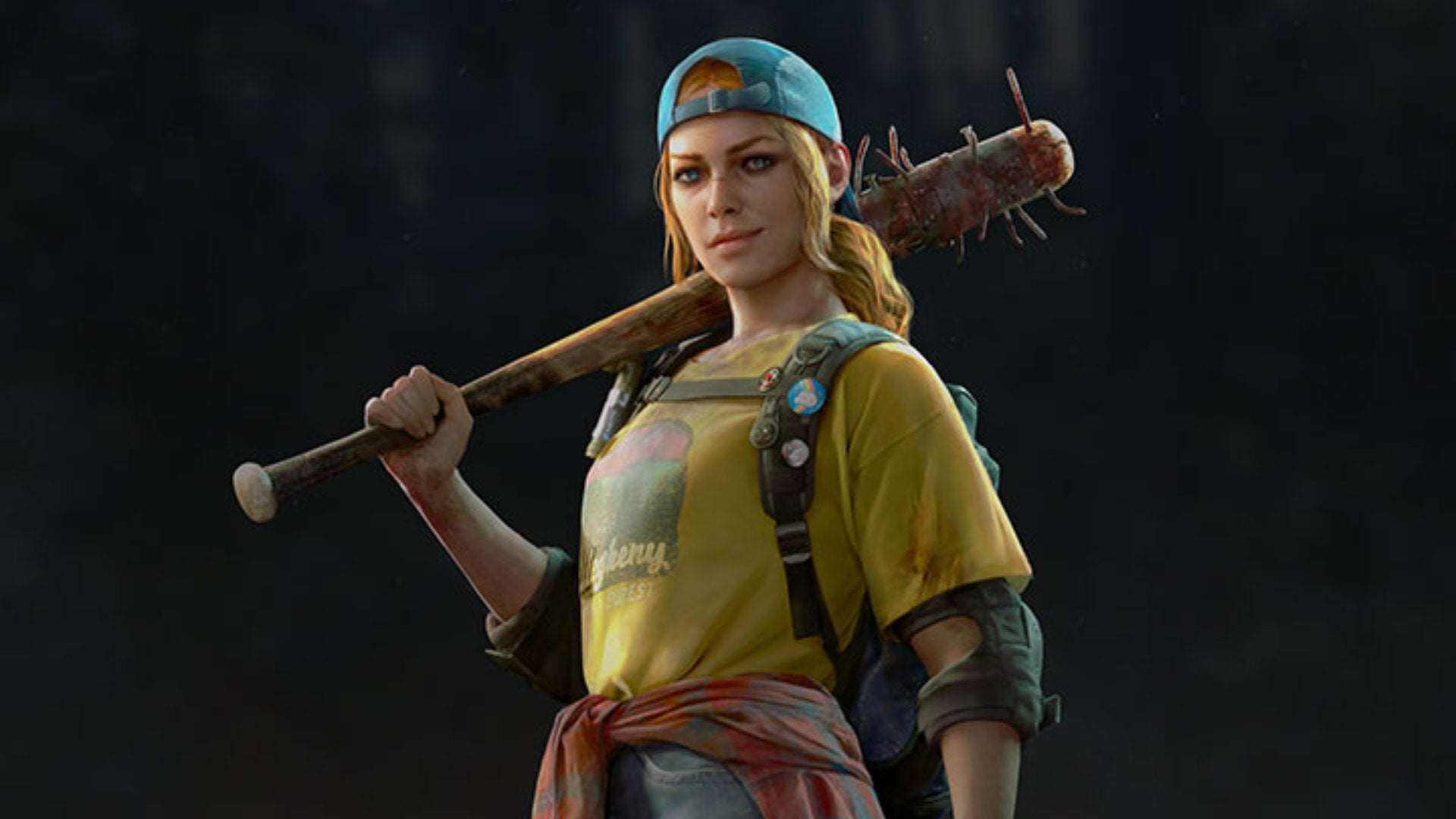 Back 4 Blood won’t be getting any new content. Developers Turtle Rock say that River Of Blood, the expansion which launched in December 2022, was it’s last as they’re now working on a new game.
Back 4 Blood won’t be getting any new content. Developers Turtle Rock say that River Of Blood, the expansion which launched in December 2022, was it’s last as they’re now working on a new game.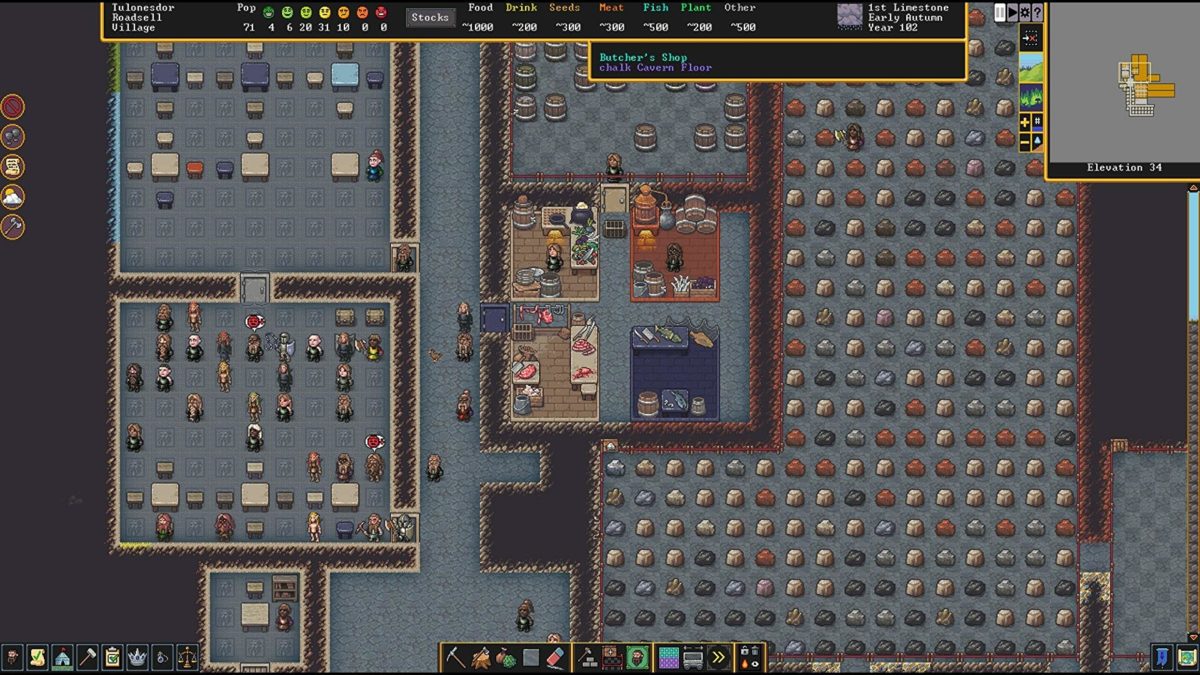
.jpg/BROK/resize/1920x1920>/format/jpg/quality/80/dwarf-fortress-(2).jpg”></p><p><a href=) Dwarf Fortress selling
Dwarf Fortress selling